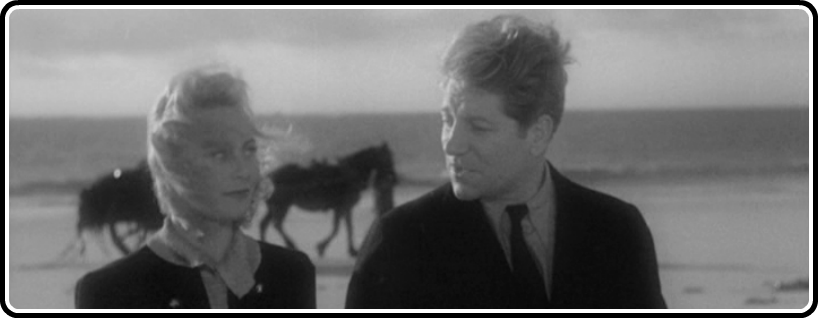
Of the four Eclipse boxes released so far this year, Eclipse Series 34: Jean Grémillon During the Occupation faces the steepest uphill climb to being widely embraced and appreciated. Lacking the relatively contemporary feel and subject matter of the Jean-Pierre Gorin films, the sheer magnitude and exotic “otherness” of the Czech New Wave collection, and the potent star power (though a generation removed) of the Robert Downey Sr. set, this latest assortment of films comes from an obscure French director whose films had never been available in the USA on DVD, with a career long overshadowed even in art house circles by directors like Jean Renoir, Marcel Carné and Henri-Georges Clouzot. Now, just on the brink of another Eclipse release that will be catapulted to prominence by the literary celebrity attached to the name Norman Mailer, it seems all too likely that once again, Jean Grémillon is about to get lost in the shuffle by headline grabbers substantially more ostentatious than he was ever comfortable allowing himself to be. And I’ll admit it myself – I’m giving this box the quick once-over, at least for now, offering up capsule mini-reviews of each film instead of the full-fledged treatment I usually try to provide for the individual titles that make up each of the Eclipse Series sets. I have to get ready for another episode of our new Eclipse Viewer podcast, which we’ll be recording soon, and I figured this is my best shot to give the set my undivided attention, even if ever so briefly. So this is the slot I’ve reserved for you, Monsieur Grémillon – let’s make the most of it!
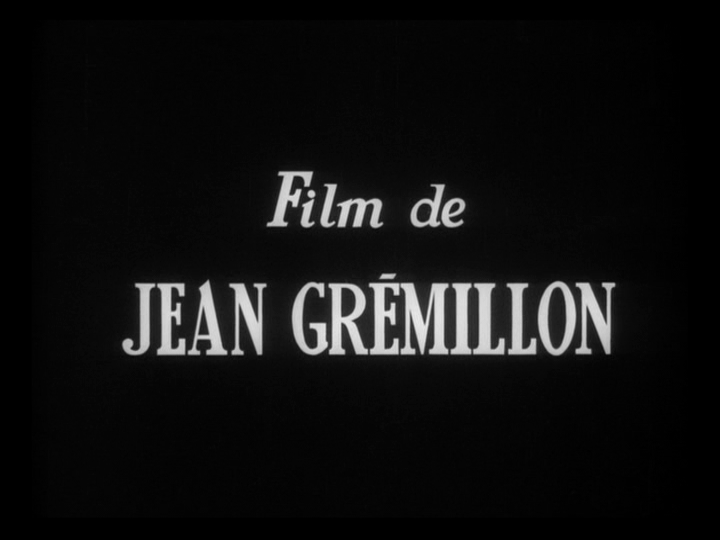
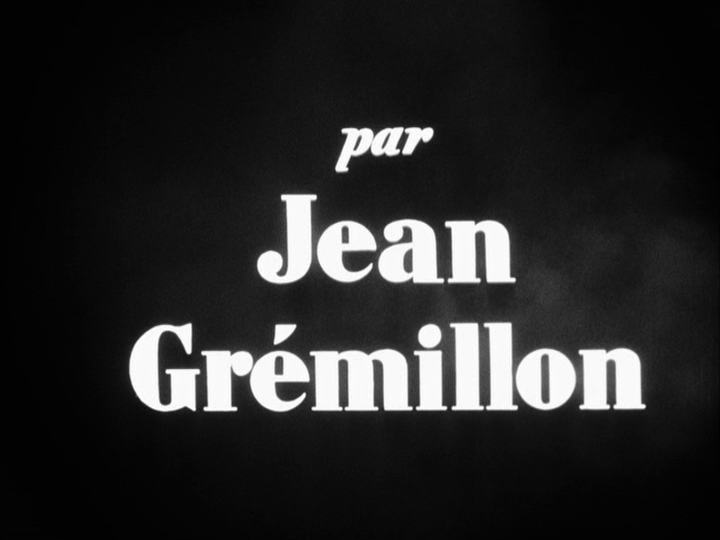
As the box’s subtitle makes clear, the unifying theme of this collection is that each of the films were released during those grim, dismal years when France was occupied by the invading German armies and operating under a provisional government subject to Nazi approval. The dark undercurrents of craven collaboration and strident resistance that ebbed and flowed through French society are never directly depicted or addressed in the stories told by these films, but those who have some familiarity with the history of that time will easily detect the seeds of insubordination and muted rebellion that found their way into the plots and narratives. The simple but also surprising fact that popular movies continued to be made during this time has engendered a lasting fascination in me as I’ve contemplated other films of this era that were made in England, France, Italy and elsewhere, in the midst of heavy military attacks and horrific deprivations. The sheer audacity and determination to not only churn out entertainment but to embed subversive and potentially incriminating messages into the work lends these movies an inspirational quality that holds my attention even as I recognize various compromises that their creators had to make in order to pass official scrutiny in an extremely tense political and social environment.
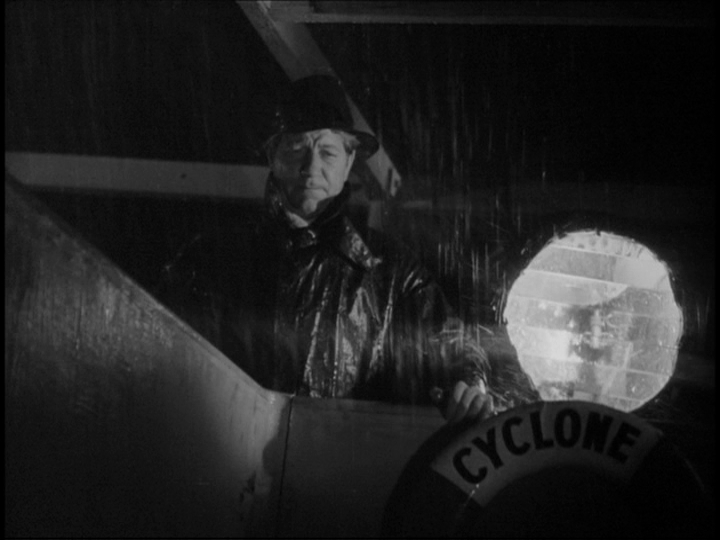
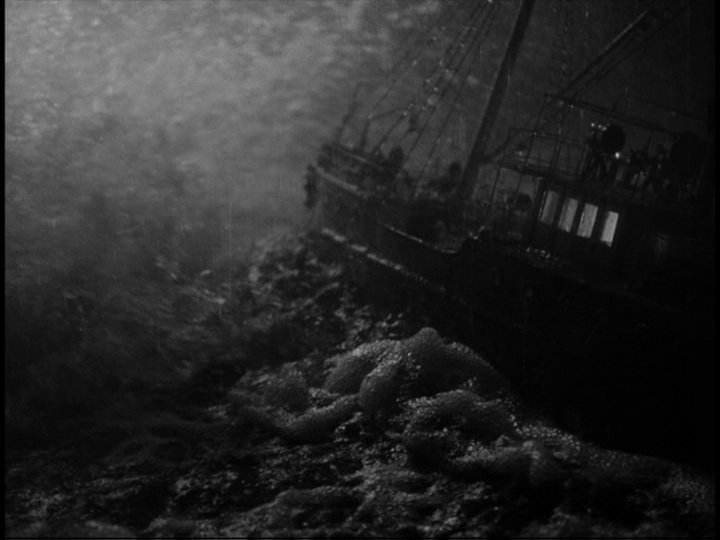
The earliest of the three films in this box, Remorques, began filming in 1939, when the rumors of war were certainly beginning to heat up but still had an air of sensational unbelievability (“surely, it can’t happen again“) to them. With its story of an honest, hard-working but romantically fatigued and ambivalent tugboat captain led into a doomed, impetuous romantic affair, Remorques functions as a satisfying extension of the fatalistic tragedy tradition established by the French poetic realism movement of that era. The collapse of France after Germany’s onslaught understandably brought production to a halt, and things got even more complicated when the two leads of the film, Jean Gabin and Michèle Morgan (reunited a few years after their memorable pairing in Port of Shadows) made a hasty emigration to Hollywood for the duration of the war. Fortunately, the main performances were already in the can, so Grémillon was able to finish his project using miniature model work special effects to portray the hazardous maritime action instead of the more amply budgeted real-life exterior shots he originally had in mind.
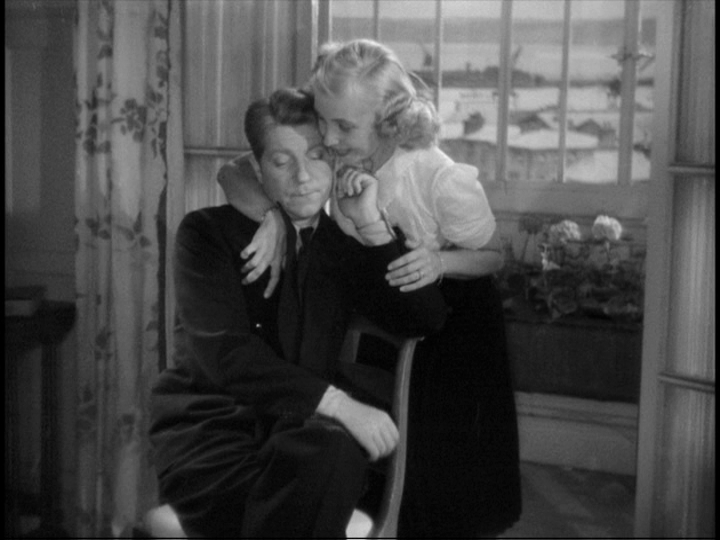

Gremillon’s tendency to extol, with practical no equivalence or ambiguity, the unadorned virtues of the working class, comes through strongly in Remorques, and is only reinforced in the two subsequent films that follow. Though wives who have an ax to grind with unfaithful husbands may not find Gabin’s Capt. Laurent all that sympathetic in his dismissal of long-suffering wife Yvonne in favor of Morgan’s wispy but beguiling Catherine, others may not have too much difficulty accepting his choice. Yvonne, as played by Madeleine Renaud (soon to be a familiar face to anyone engaging with this set), is desperately clingy and, as it turns out, less than forthcoming about a serious medical condition that’s beset her. Besides that, Michèle Morgan is exactly the kind of exotic femme fatale that fans of 1930s/40s proto-noir yearn for when we tune into these movies. Her availability and desperation, not to mention her refined features and delicately arched eyebrows, prove to be utterly irresistible, even if we know going in that the investment of time, energy and hope is irrevocably destined to turn up snake-eyes when all is said and done.
Given it’s unusually long gestation period for a film of that era, and an understandable desire to just finish the project under less than ideal circumstances, I find it easy to forgive Remorques for beating its way to a hasty conclusion, in which all the life lessons associated with l’amour fou come crashing down upon the main protagonists within the span of a few calamity-filled minutes. Hearts are broken, tears are shed. Prayers are muttered, the rain crashes down, the work remains to be done. Just as it always has and always will.
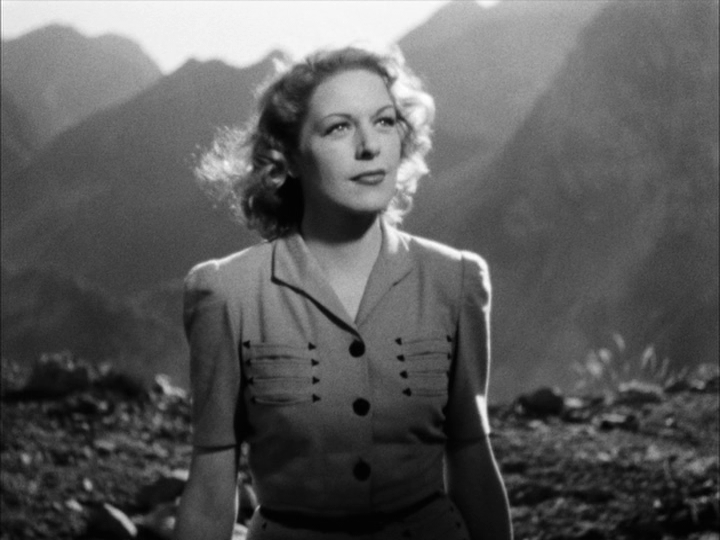
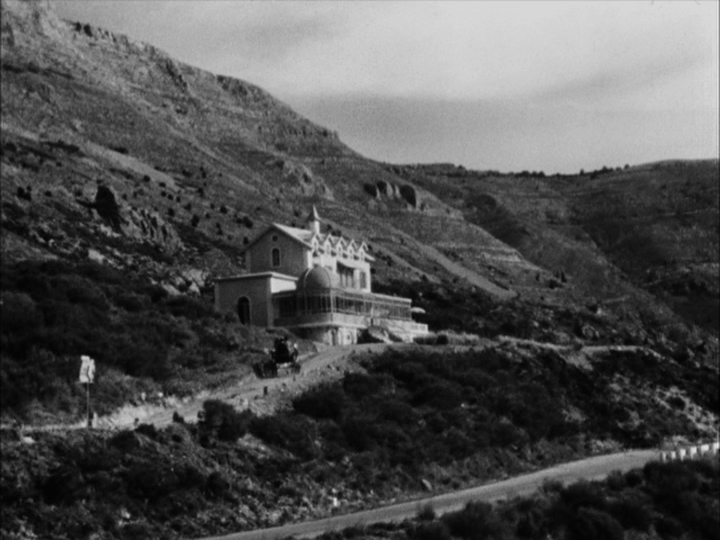
The second film in the set, Lumière d’été, is the one that holds it all together and frankly compels the DVD release of its comparatively minor companions. Notwithstanding Gabin’s and Morgan’s presence in Remorques, Lumiere d’ete has the more interesting cast and characters, the greatest unpredictability and psychological intrigue of the three. Add to that a trenchant socio-political critique bold enough to earn the ire of Nazi censors, putting the film in an esteemed company of titles like Jean Renoir’s Grand Illusion and The Rules of the Game which also drew the ire of the Occupation regime. With the Vichy government fully aware that it was sitting on a powder keg of longstanding ethnic pride and resentment of the Germans, and already having their hands full with a wily, home-grown resistance movement, Lumiere d’ete’s instigation of working-class solidarity that stands against the decadent corruption of idle aristocrats was hardly an influence to be left unchecked. Thus the film remained largely unseen for quite a few years, until it was subsequently rediscovered well after the war had run its course.
The story revolves around Michèle , a young woman on holiday from her job in the Parisian fashion scene, whose arrival at the Guardian Angel, an isolated mountain resort hotel located in a rugged and foreboding mining area, stirs up passions and rivalries that quickly escalate into a virtual civil war of common class distinctions.
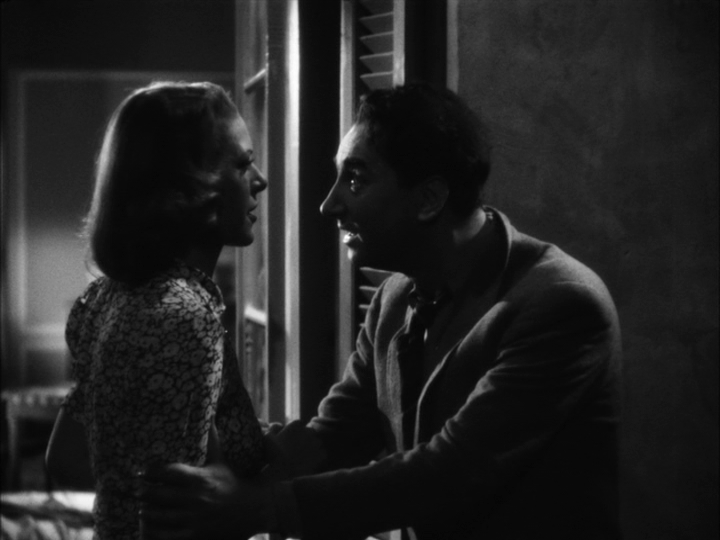
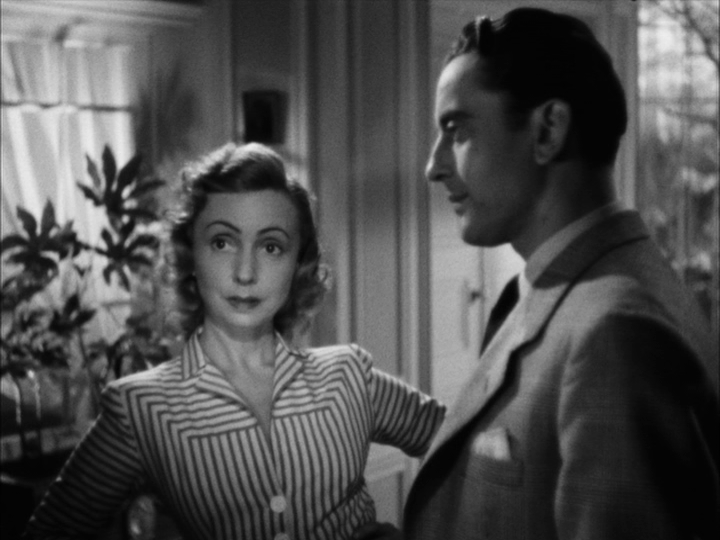
Michèle, carrying her youthful self with innocence and purity, plans to meet up with her artist boyfriend Roland, after he finishes tending to the debut of the ballet that he designed. But Roland’s arrival is delayed, giving her a few aimless days to fill in which she draws the attention of Patrice, the afore-mentioned decadent aristocrat, who enjoys lounging about the hotel for diversions when he’s not throwing parties at his elegant chateau somewhere in the vicinity. His lover Cri-Cri, with whom Patrice has grown bored as she begins to show signs of aging and neurotic desperation regarding their , manages the hotel. Sensing that her ability to hold Patrice’s attention is slipping as he turns his eye toward the alluring young newcomer, Cri-Cri becomes even more adamant and insecure as her worst fears are confirmed.
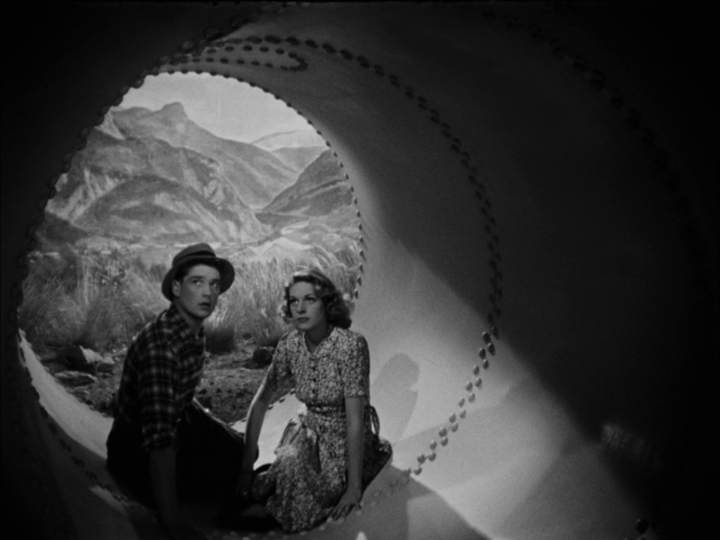

Finally, there’s Julien, a young mining engineer who just took up residency at the hotel in order to start his new job at the mine, but who quickly sizes up the threat to Michèle as she finds herself ensnared between two loutish men, neither of whom are truly worthy of her affection, yet who each seem to have an unshakable grip on her loyalty. Add to all that a reliably amusing supporting cast of eccentric French character actors, and you have a fair approximation of all the ingredients that helped catapult Renoir’s The Rules of the Game into the highest stratosphere of “Greatest Movies of All Time” rankings, bundled up in a film that hits many (though not all) of the same notes, but is practically unknown and obscure by comparison.
Other echoes of Rules are sounded by Grémillon in Lumière d’été (which translates as “Light of Summer”) – whether intentionally or not isn’t really that clear. After all, Renoir’s film wasn’t yet regarded as the towering masterpiece that we now see it as, and what film maker in his right mind is going to consciously imitate a film that had already been banned and burned just a few years earlier, under even more stringently oppressive conditions than those that existed in 1939? Those notes include a frenzied ballroom sequence toward the end, the callous wielding of weapons by the uppercrust for their own sadistic pleasures, mechanical whirligigs that serve no practical purpose other than to flaunt their owner’s wealth, pointedly reckless driving that spills over into suicidal behavior, and of course hypnotically complex romantic and erotic entanglements that require a death or two to finally sort things out in the end. It’s a heady mix of ingredients, to be sure, resulting in the one film in this box that I feel compelled to return to somewhere down the road for a return visit and more prolonged analysis.
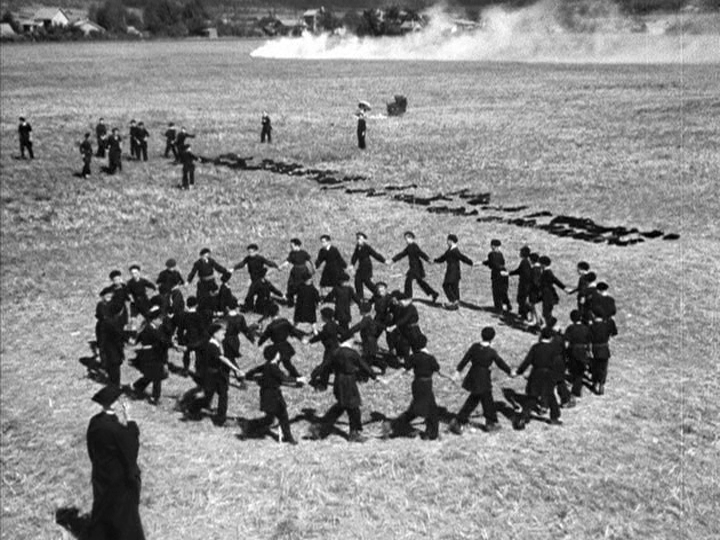
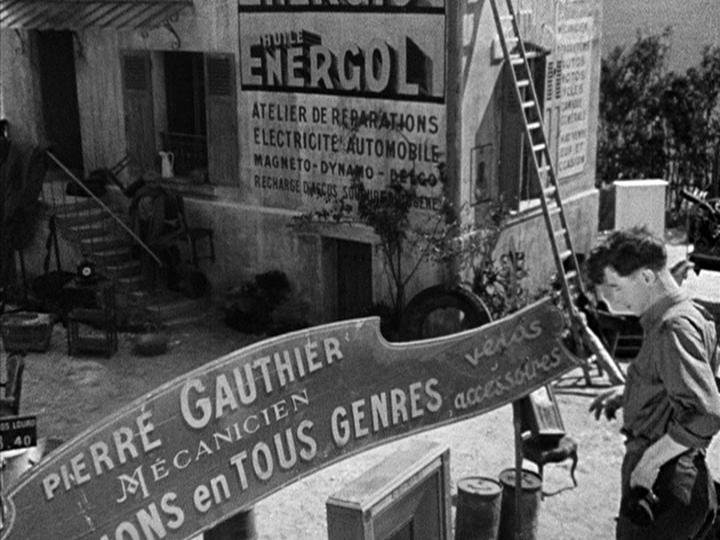
Wrapping up the set is Le ciel est a vous, about as close as a 180 ° spin as far as directorial stance and attitude are concerned as one could imagine Grémillon pulling off in the space of one short year during the Occupation. Where Lumière d’été was deemed a commercial failure and swiftly removed from distribution for its overtly jaundiced view of human nature, Le ciel est a vous was among the most popular and lucrative French films released in that era, by far the most widely acclaimed of Grémillon’s works during his lifetime. Though I found the former film more engaging and fascinating than the latter, it’s not hard for me to understand why the two were received so differently. Le ciel est a vous is a legitimate crowd pleaser that earned its popularity the right way, by not talking down to its audience even as it delivered the kind of plucky determination and feel-good ending that generated good word-of-mouth amongst a populace still living in the shadows of its recent defeat. The fact that the film is based on a true story that took place in 1937, a few crucial years before France was overtaken by its enemy, only enhanced its popular appeal, hearkening back to a happier time.
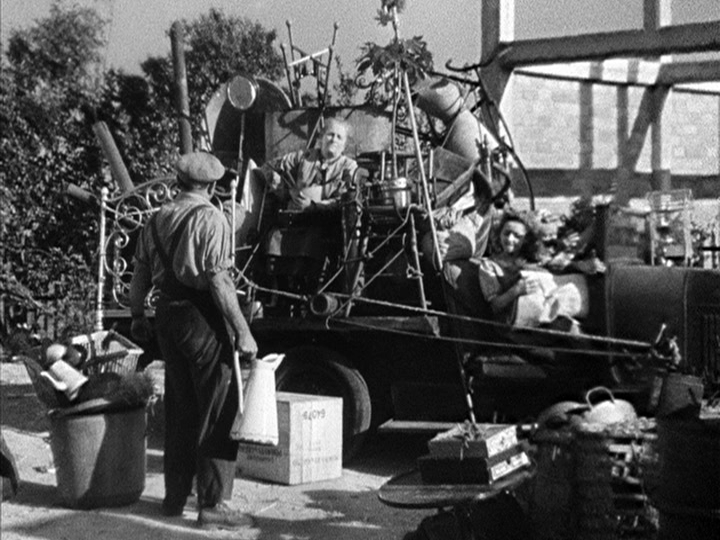
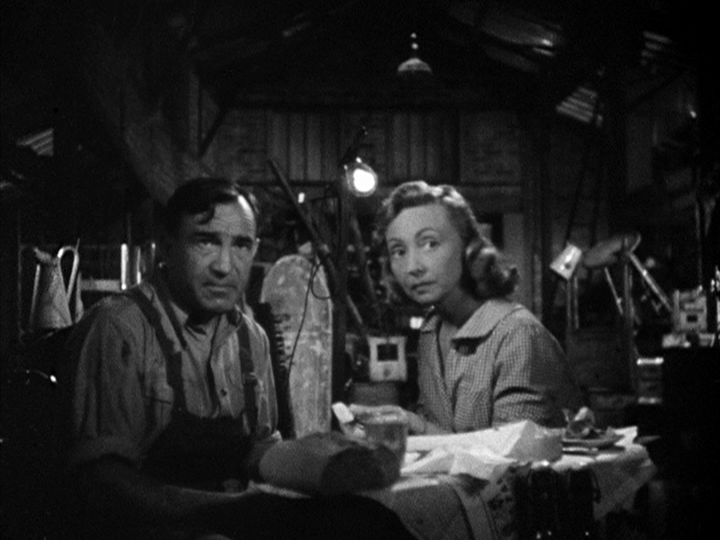
In contrast to the layers of infidelity and hypocrisy that run rampant through both Remorques and Lumière d’été, Le ciel est a vous presents us with a hard-working and stubbornly loyal family that sticks together and thrives against the odds. It’s easy to draw the conclusion that after a couple years living under the German boot, the idea of tossing aside long-standing relationships due to boredom or petty self-gratification didn’t seem quite so attractive. The story opens with a family being displaced – not quite “forcibly,” even though their home is being demolished in order to build a new airfield. Pierre and Therese Gaultier, the parents of two children, recognize the necessity of the move and even see some advantages, at least to the community if not immediately for themselves. Pierre, a resourceful mechanic and handyman about the small town where they live, sees an opportunity as well. The new influx of aircraft will surely increase demand for his services, hopefully allowing him to be a better provider for his family. Especially important to them is the education of their children – daughter Jacqueline is a gifted pianist who needs an instrument worthy of her talents in order to continue her studies at the local conservatory, and son Claude is just a young man in need of guidance and direction, if for no other reason than to spare him from further injuries due to his growing interest in physically dangerous stunts and horseplay.
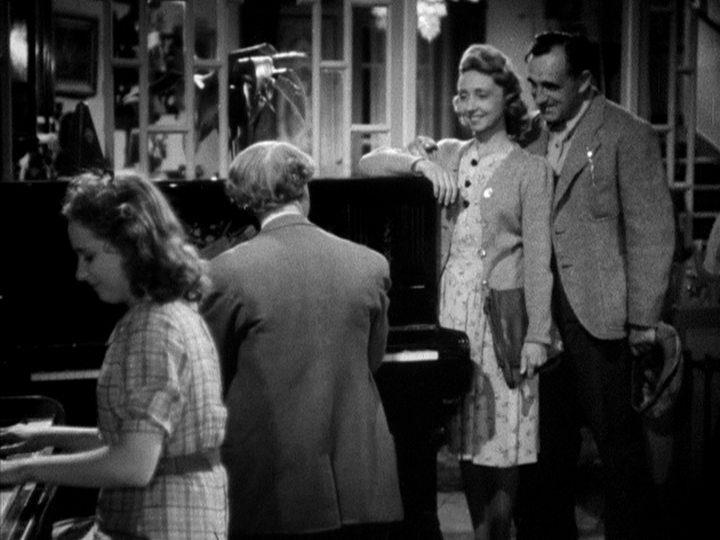
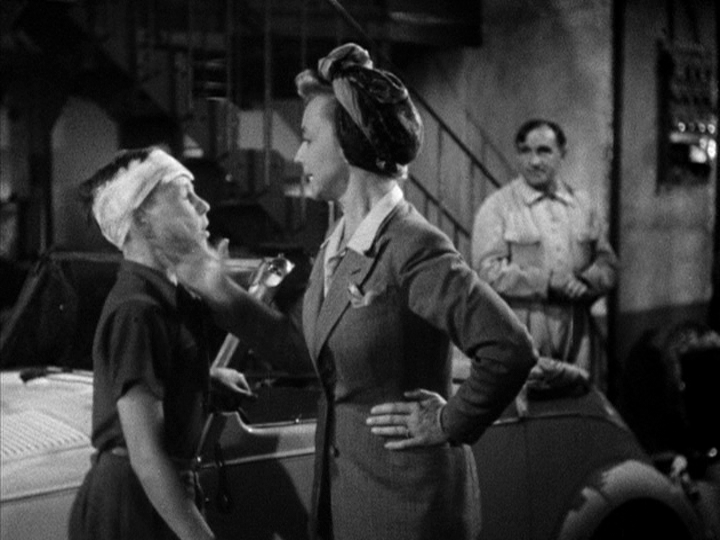
Pierre’s covert decision to learn how fly planes himself brings out the control freak in Therese, exacerbating familial tensions to the point where she begins to clamp down as hard as she can just to keep her life in order. Among the first casualties is Jacqueline’s piano; financial hardships and the threat of losing her daughter to the temptations that befall performing artists lead to an embargo on music in the Gauthier household. But when Therese is unable to dissuade Pierre from his new piloting pastime, Therese gives it a try herself and finds the experience much to her liking, so much that she becomes the flying ace of the family, defying gender stereotypes and in the process, quietly saluting a generation of French women who likewise had to reach well beyond the presumptions of their patriarchal upbringing to support their own families in the lean years of the Depression and the war. Their marriage thus enhanced by this newly discovered common bond, the Gauthiers set goals for themselves involving the conquest of new aviation records in the post-Lindbergh era, where solo flights over previously unmatched distances routinely brought a rush of fame and monetary gain to those brave enough to take on the challenge.
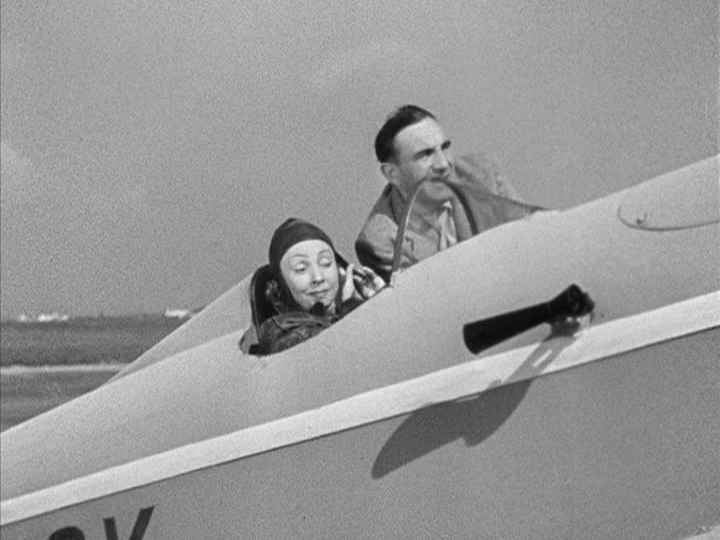
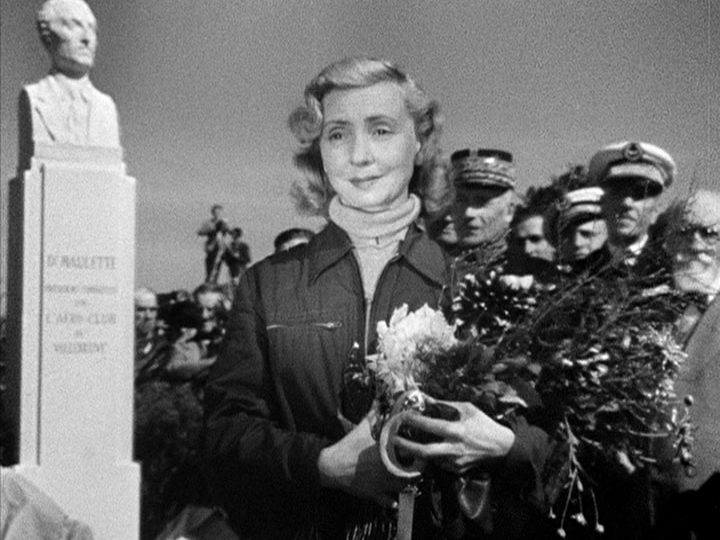
Building on story-telling conventions that even by the mid-1940s were already well-worn and conspicuously obvious, Le ciel est a vous (“The Sky is Yours”) may not offer the experienced cinephile quite as much as it did when it first secured its status as a box office success. But Grémillon pulls off the job with impeccable cinematic skill, making up for the lack of narrative surprises through his convincing recreation of ordinary family life in the small working-class towns of southern France, livened up by the injection of the newly flourishing aviation industry as it spread across the open countryside. Led by Charles Vanel, who’s mostly familiar to me for his splendid performance as Inspector Javert in Raymond Bernard’s adaptation of Les Miserables and as Jo in Clouzot’s The Wages of Fear, and (for the third time in this set) Madeleine Renaud in what must have been the signature role of her film career, French citizens of the 1940s could readily empathize with the mounting tensions and aspire to the eventual triumphs chronicled in Le ciel est a vous. Though I prefer the edgier plot twists and incisive satire of Lumière d’été, I won’t begrudge Grémillon’s about face in crafting a more encouraging and morale-boosting story in his follow-up film. I only watched each of these films one time through, and my experience has been that these old classics tend to grow on me after repeated exposure. The fact remains, these are important and highly valuable films, produced during a pivotal crossroads of 20th century history. They serve as inspiring proof of artistic resiliency and courage in a time when creative talents had every reason to play it safe, if not go into hiding altogether.


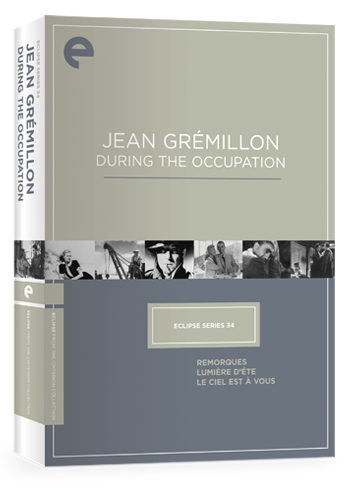




![Bergman Island (The Criterion Collection) [Blu-ray]](https://criterioncast.com/wp-content/uploads/2022/11/bergman-island-the-criterion-collection-blu-ray-400x496.jpg)
![This Is Not a Burial, It’s a Resurrection (The Criterion Collection) [Blu-ray]](https://criterioncast.com/wp-content/uploads/2022/11/this-is-not-a-burial-its-a-resurrection-the-criterion-collection-blu-ray-400x496.jpg)
![Lars von Trier's Europe Trilogy (The Criterion Collection) [The Element of Crime/Epidemic/Europa] [Blu-ray]](https://criterioncast.com/wp-content/uploads/2022/11/lars-von-triers-europe-trilogy-the-criterion-collection-the-element-of-400x496.jpg)
![Imitation of Life (The Criterion Collection) [Blu-ray]](https://criterioncast.com/wp-content/uploads/2022/11/imitation-of-life-the-criterion-collection-blu-ray-400x496.jpg)
![The Adventures of Baron Munchausen (The Criterion Collection) [4K UHD]](https://criterioncast.com/wp-content/uploads/2022/11/the-adventures-of-baron-munchausen-the-criterion-collection-4k-uhd-400x496.jpg)
![Cooley High [Criterion Collection] [Blu-ray] [1975]](https://criterioncast.com/wp-content/uploads/2022/11/cooley-high-criterion-collection-blu-ray-1975-400x496.jpg)